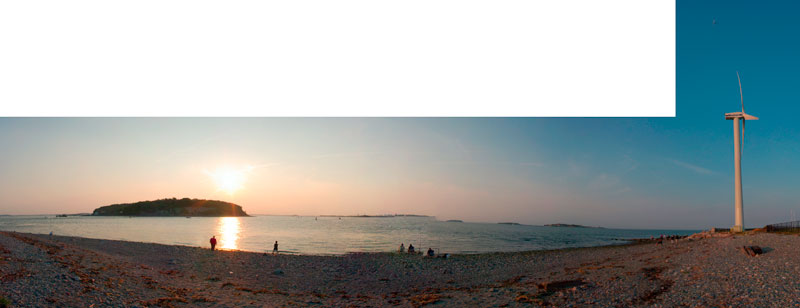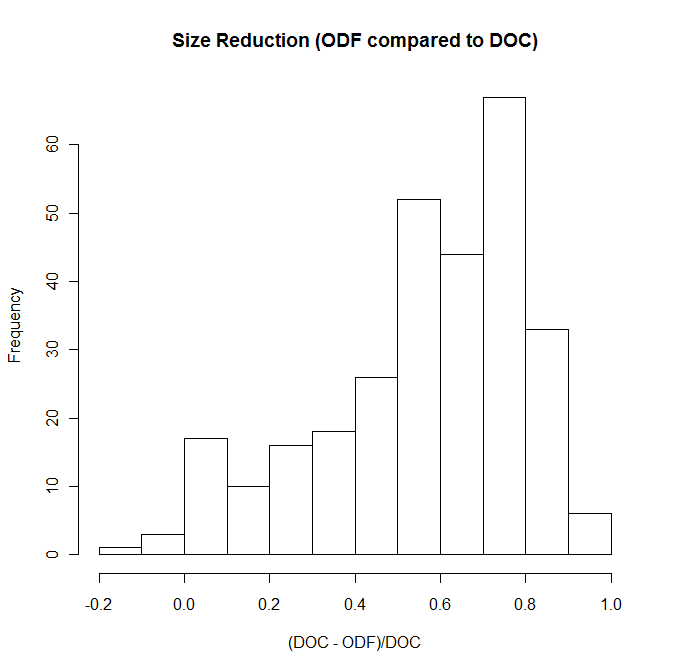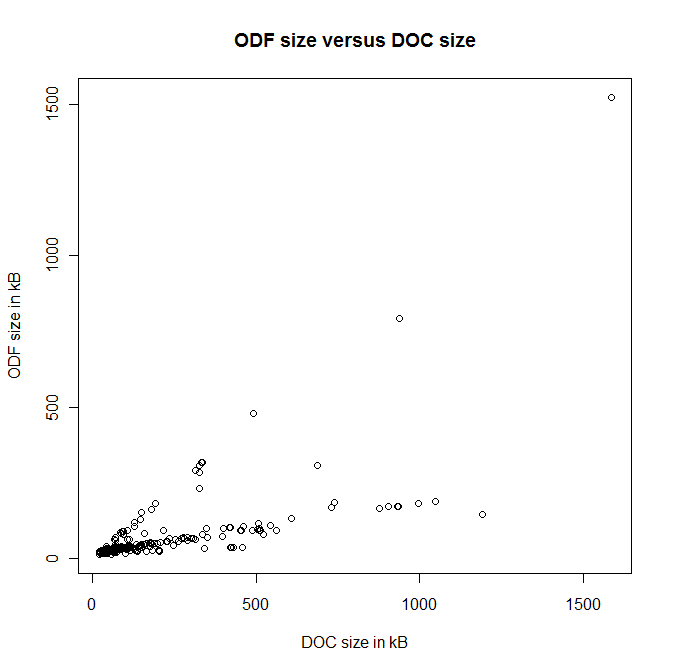
Green IT is concerned with approaches to information technology that reduce the environmental impact from the manufacture, use and disposal of computers and peripherals. Occasionally I am asked whether Open Document Format (ODF) has any relationship to “Green IT”. This is an interesting question, and the fact that the question is asked at all suggests that Green IT goals are increasing playing a central role in decision making.
When an organization migrates from Microsoft Office and their binary file formats (DOC/XSL/PPT) and moves to ODF, they will immediately notice that ODF documents are much smaller than the corresponding Microsoft format documents. This is a benefit of the ZIP compression applied to the contents of ODF documents. It also reflects that fact that Microsoft-format documents, especially ones that have been edited and saved many times, tend to accumulate unused blocks in the file, blocks which are not used, but still bloat the file’s storage.
As an experiment I went to a prominent government web site (the US President’s www.whitehouse.gov) and downloaded all DOC files that were at the site, 293 documents total. Then I converted each document into ODF format. The percent reduction from moving to ODF was 66% on average. Smaller documents means less disk storage required, less bandwidth required to transfer documents, less bloating of mail files with document attachments, etc.
Looking at the results in more detail, however, shows a more complex picture. The following chart shows that although the average size reduction from moving to ODF was 66%, some documents were compressed 80% or more, while others were hardly compressed at all:
What is going on here? A look at a scatter plot of original DOC size versus ODF size more clearly shows the pattern:
You can see here two trend lines, one of documents that are barely compressed at all, and another one where the compression rate is high. Manual inspection of the poorly compressed documents indicates what is going on. Some of the documents are dominated by the size of embedded image files with high color depth and resolution. These images were already compressed, and so could not be compressed further, at least not by ODF’s ZIP compression. However, in some cases the image files were of a resolution unnecessary for screen or casual print output. Screen resolution is typically only 75 dpi. Attaching images at 300 dpi or more wastes space, unless you know you are targeting high-resolution photo-quality output. I think we’ve all been on the receiving end of an improbably large document, that when loaded contains relatively little content. Often the culprit is a multi-megabyte image, with only a small cropped portion showing, but the entire image is stored. There is nothing a document format can do to prevent user actions like this, but an intelligent editor (or plugin) could detect this and prompt the user to convert the image to a more appropriate resolution when saving.
So in summary, yes, a move to ODF will cause your documents to be far smaller than they were before, and that has advantages in terms of storage and bandwidth consumption. But let’s be honest, when it comes to disk storage and bandwidth documents are not your biggest problem. Graphics and video are far larger.
But if we look broader we see that the bigger Green advantage of ODF comes not only from the document size reduction, but from the alternatives ODF enables:
- Replace a paper-based workflow with an all-electronic workflow
- Replace a car or plane trip with electronic document-based collaboration
- Use a word processor that can run on your existing hardware rather than upgrading everyone to new hardware so they can run the latest MS Windows/MS Office.
- Use a less expensive word processor and by doing so free up resources to fund other Green initiatives in your workplace.
Postscript
So what about OOXML? Honestly, no one asked me that question before. I think is a testament to the intelligence of my associates. “Is it Green to throw out your 2005 laptop, buy a new, likely high-energy consumption one, pay for Windows 7 and Office 2010, just so you can do the same work you did before?” I think the answer is obvious. Of course not. For 99% of us the limitation on our productivity is not whether we have the latest software and hardware . The limitation is our own skills and our working habits. A word processor with a flashier interface doesn’t make you write better or write faster. To think otherwise is to be like the amateur golf player who thinks that their game will improve, if only they have the latest (and most expensive) gear.
But to satisfy the curiosity of those who care about OOXML, let me give you the results of the same documents, as converted to the DOCX format. ODF still wins in this case. The ODF files are 18% smaller on average than the equivalent OOXML ones.
